
Kroussonas is a town situated in the eastern foothills of Mount Psiloritis on the island of Crete, Greece. It functions as the administrative center of the namesake community within the Malevizi municipality, belonging to the Heraklion regional unit. The village is perched at an elevation of 460 meters and boasts a population of 2,855 inhabitants. The landscape surrounding Krousonas is characterized by expansive vineyards and olive groves, indicative of the primary occupations of its residents: agriculture and animal husbandry.
The village itself is constructed in an amphitheatrical fashion, nestled amidst the hills of Plagia, Koupos, and Leivadiotis. High up in the foothills of Mount Gournos, one finds the serene Convent of Agia Eirini. Further up, at an altitude of 920 meters, lies the Livadi plateau, where the locals cultivate a diverse array of fruit trees, primarily pear and apple trees. Livadi also hosts several farmhouses and a guesthouse, testament to the burgeoning agritourism industry in the region in recent times.
Historical References
Kroussonas boasts a long and documented history. It is first mentioned in historical records as early as 1280. In the year 1583, during the Venetian occupation of Crete, a census recorded the village as having 262 inhabitants. Further records show that by 1834 it had grown to 140 Christian families and was designated as a ‘vakoufi’ village, meaning it was dedicated to the upkeep of a religious institution, in this case the mosque of Sultan Ibrahim in Heraklion. The village was obliged to contribute one-seventh of its produce for this purpose.
Location
Kroussonas is picturesquely located in the eastern foothills of Mount Psiloritis, also known as Mount Ida, the highest mountain on Crete. It is situated at an elevation of 920 meters above sea level. The village is approximately 21.8 kilometers southwest of Heraklion, the capital of the island.
Dimensions
The village itself covers a relatively small area, however the municipal unit of Kroussonas encompasses a wider region, including the nearby settlements of Agia Eirini and Kitharida. In total the municipal unit of Kroussonas has an area of 65.033 square kilometers.
Historical Significance
Kroussonas holds historical significance due to its continuous habitation since ancient times. Archaeological evidence points to settlements dating back to the Mycenaean and Geometric periods. The village has also played a role in significant historical events including the Cretan War of Independence against the Ottomans and the resistance against the German occupation during World War II.
Population data over the years
Year |
Population |
Notes |
|---|---|---|
1583 |
262 |
|
1881 |
1269 |
Christians |
1900 |
1753 |
|
1920 |
2101 |
|
1928 |
2314 |
|
1940 |
2577 |
|
1951 |
2720 |
|
1961 |
2974 |
|
1971 |
2676 |
|
1981 |
2776 |
|
1991 |
2972 |
|
2001 |
2855 |
|
2011 |
2107 |
|
2021 |
2094 |
Current Status
Today, Kroussonas is a vibrant and active community. Agriculture and livestock farming remain central to the local economy. In recent years, Kroussonas has also embraced agritourism, attracting visitors who are drawn to the village’s natural beauty and traditional way of life.
The village boasts a well-developed infrastructure that includes educational facilities (two primary schools, two kindergartens, a high school), a Citizen Service Center (KEP), a post office, a regional medical center and a variety of cultural associations. It is also home to the first women’s agricultural cooperative in the Heraklion regional unit, named “I Kroussaniotissa.” Sport and leisure activities are catered for with a local football team, PAO Kroussonas, and a shooting range operated by the Kroussonas Shooting Club MALEVIZI.
Kroussonas represents a blend of rich history, traditional Cretan life and modern amenities making it a unique and interesting place to visit or live in.
Village Key Points
- Historical References: Kroussonas is mentioned in historical documents as early as 1280. In 1583, it was recorded as having 262 inhabitants.
- Location: Situated in the eastern foothills of Mount Psiloritis, approximately 21.8 kilometers from Heraklion.
- Historical Significance: Kroussonas has a long and rich history, with evidence of settlements dating back to the Mycenaean and Geometric periods. The village played a role in various historical events, including the Cretan War of Independence and World War II.
- Population Data Over the Years: The population of Krousonas has fluctuated over the years. In 1881, it had 1,269 inhabitants. The population peaked in 1961 with 2,974 residents. In the 2011 census, the population was recorded as 2,107.
- Current Status: Kroussonas is a thriving village with a strong agricultural and livestock farming tradition. It also offers opportunities for agritourism and has a well-developed infrastructure.
Events
Access
Kroussonas is 11.3 kilometers away from the town Anogeia and 3.4 kilometers away from Kato Asites.
















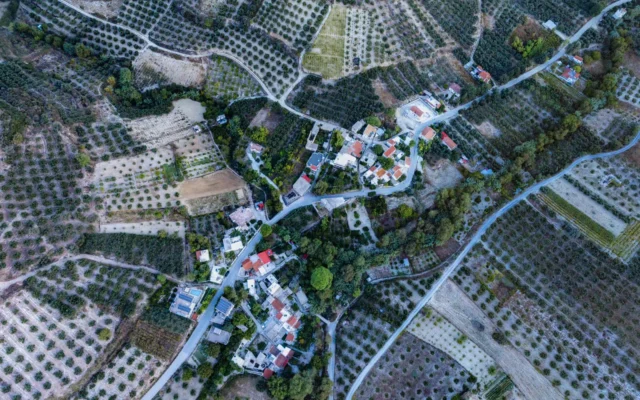
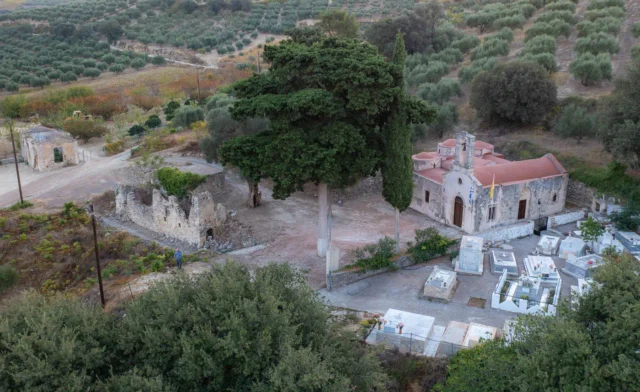

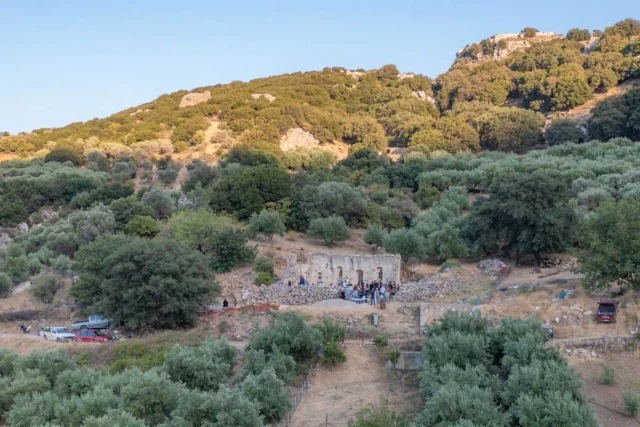
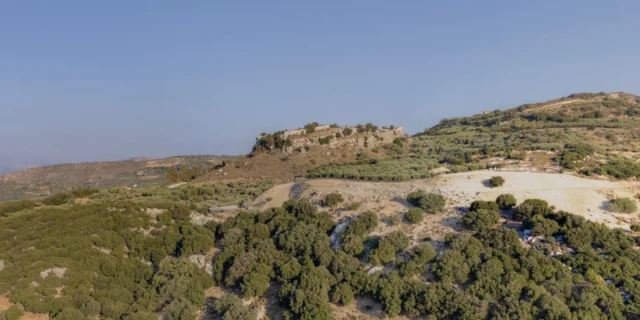
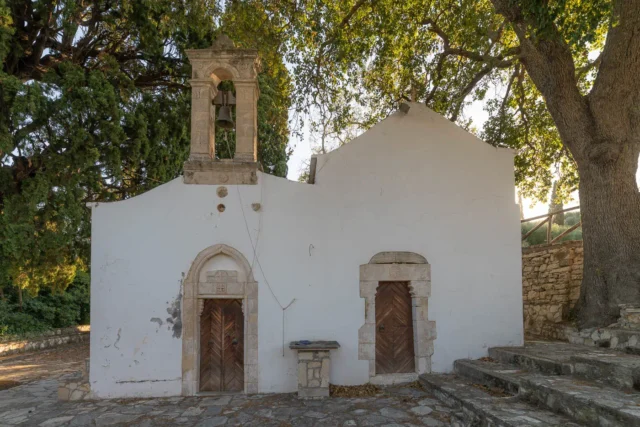
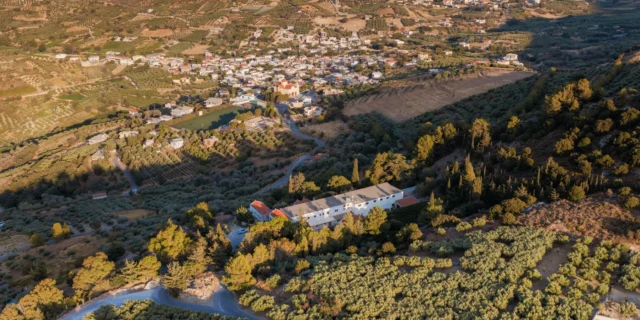
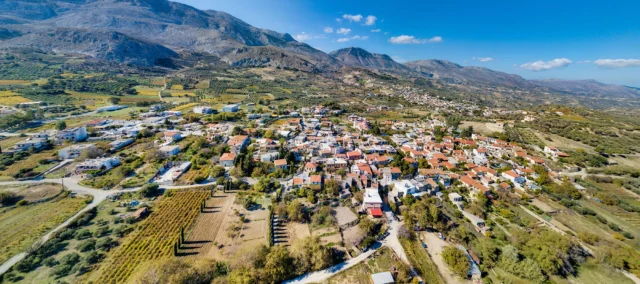

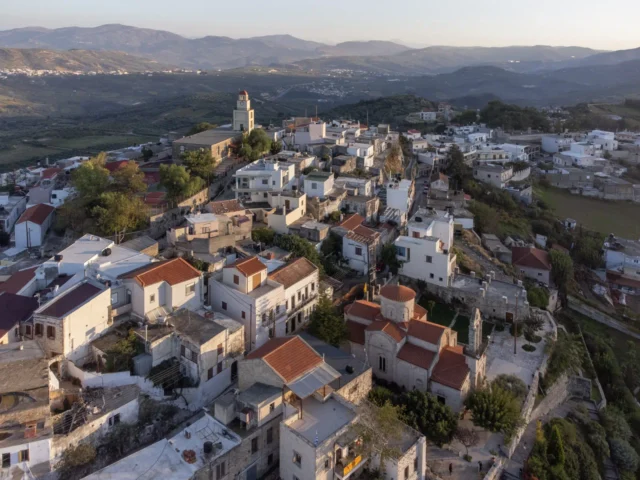
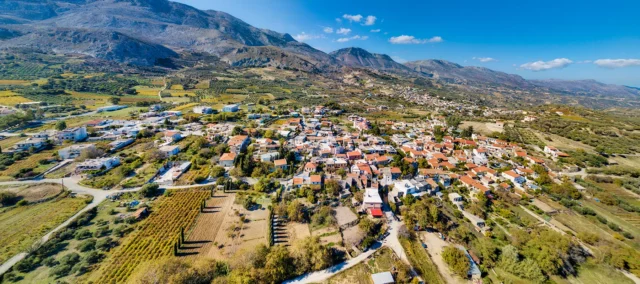
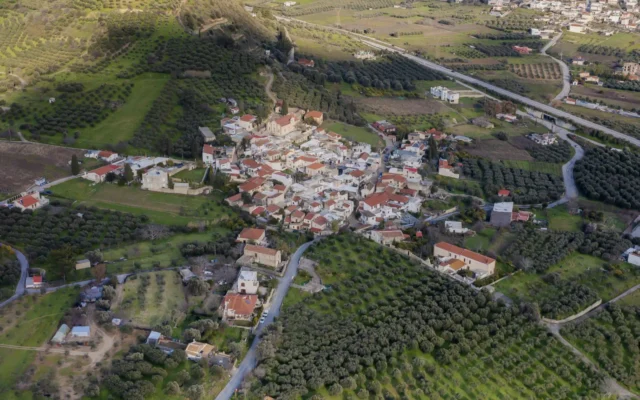
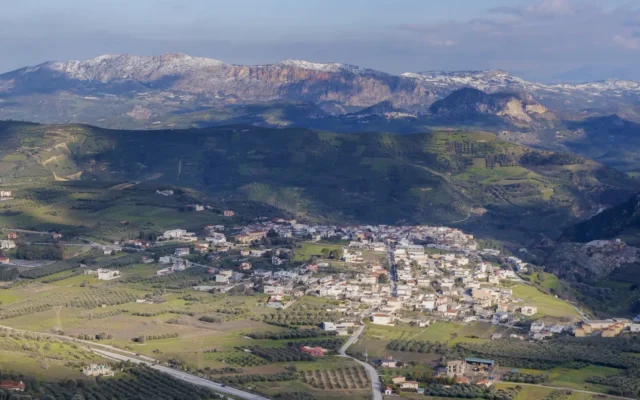

There are no comments yet.